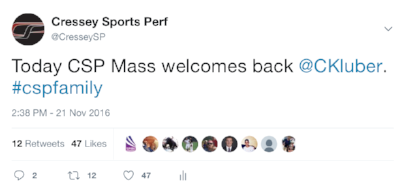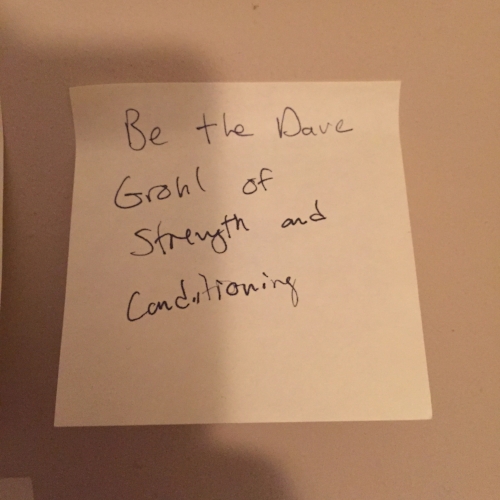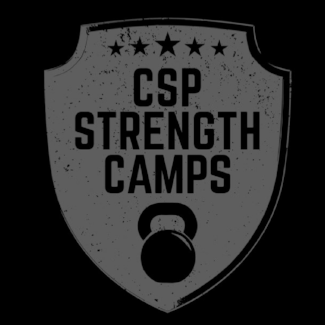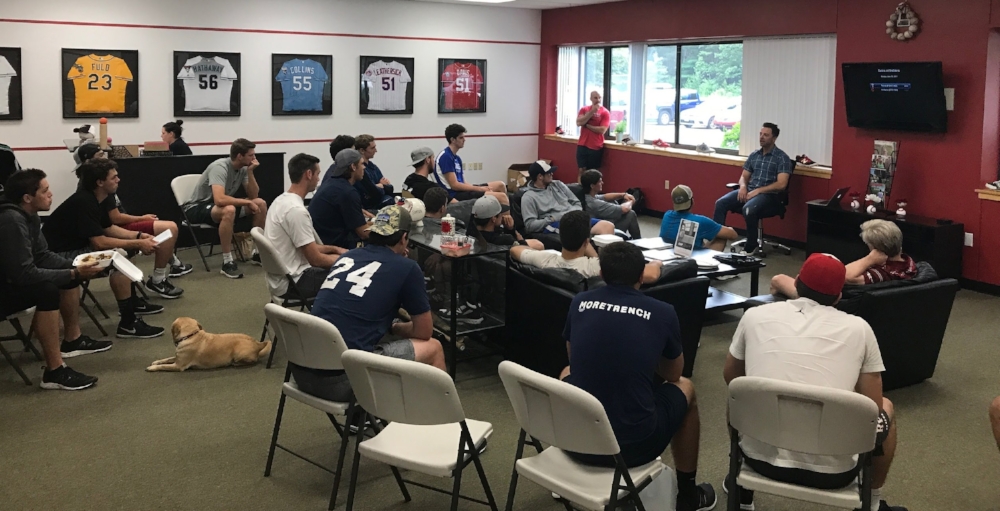In this ninth edition of Gym Owner Musings, I will share thoughts ranging from cleaning up your on-boarding processes, to improving the client experience on day one of their time with you.
Here goes…
1 - Spend a week doing a job yourself before hiring to fill the position
My Office Manager moved on from her role this past week, leaving me with a vacancy at the front desk. For the first five years we were in business, I served as the unofficial "face of CSP" greeting clients and handling all things administrative around the gym.
I thought to myself: "I've got this. I'll be back in the groove by the end of my first day back."
What I failed to realize was how dramatically a role can shift as you scale your business over a five-year period. While I helped to mold the general framework of the systems we implement on a daily basis, I don't operate them all myself consistently. Foot traffic is now higher than I remember it, the phone rings more often, and the list of variables to juggle in this position has increased considerably.
As we find ourselves on the cusp of making a final hire to fill this position, I am going to spend a few weeks cleaning up our systems. My primary objective is to prepare an on-boarding scenario where I am introducing material that I am entirely familiar with.
If you own a gym, try not to ask employees to complete tasks that you haven't experienced yourself. With this policy in place, you’ll earn credibility with your team, and have a complete understanding of the responsibilities you are handing off.
2 - Build something memorable into the initial visit
It is easy to fall into the mentality that the magic is created once clients hit the training floor with their first personalized program in-hand, while missing an opportunity to create a memorable experience on day one. If you believe the cliche that you never get a second chance to make a first impression, why are you mechanically working your athlete through an FMS checklist and then pushing her out the door with the expectation that "the fun starts next time?"
It doesn't take much to make a new client feel like you went off-script (in a positive way) during their initial visit. Here at CSP, every time we evaluate a new professional baseball player, we have them finish by signing the "signature wall" in the gym. We'll then put the finishing touches on the experience by tagging the athlete in a tweet welcoming him to the "CSP Family."
In short, make people feel important during their initial visit.
3 - Clients won't fully appreciate a training solution until you help them to appreciate the problem.
A couple of years ago, one of our coaches brought his girlfriend (now wife) in to CSP for an assessment with Tony Gentilcore. Tony worked her through his usual screening process, stopping at one point to ask that she attempt to touch her toes. She gave it a shot, failed to do so, and mentioned that this was something she simply couldn't do.
Tony then pulled out a lacrosse ball and worked her through a few minutes of lower extremity soft tissue work, with particular emphasis on the bottom of her feet. Roughly three minutes after her initial attempt, this CSP newbie was able to touch her toes for the first time in recent memory.
She explains: "From that point forward, I was buying anything Tony had to sell. I thought he was a magician."
Tony didn't have to solve the problem on day one. He could have made a note about poor flexibility on his sheet, committed himself to addressing the issue in his first month of programming, and assume that she would "get it" when he built individualized warmups into her program that would take into consideration flexibility limitations and faulty movement patterns. Thankfully, he didn't.
If you want to create buy-in from your newest clients, you can start by solving manageable problems on day one. "We'll get to that" isn't going to cut it with people who are on the ropes as to whether or not they'll return following their initial screening.



























